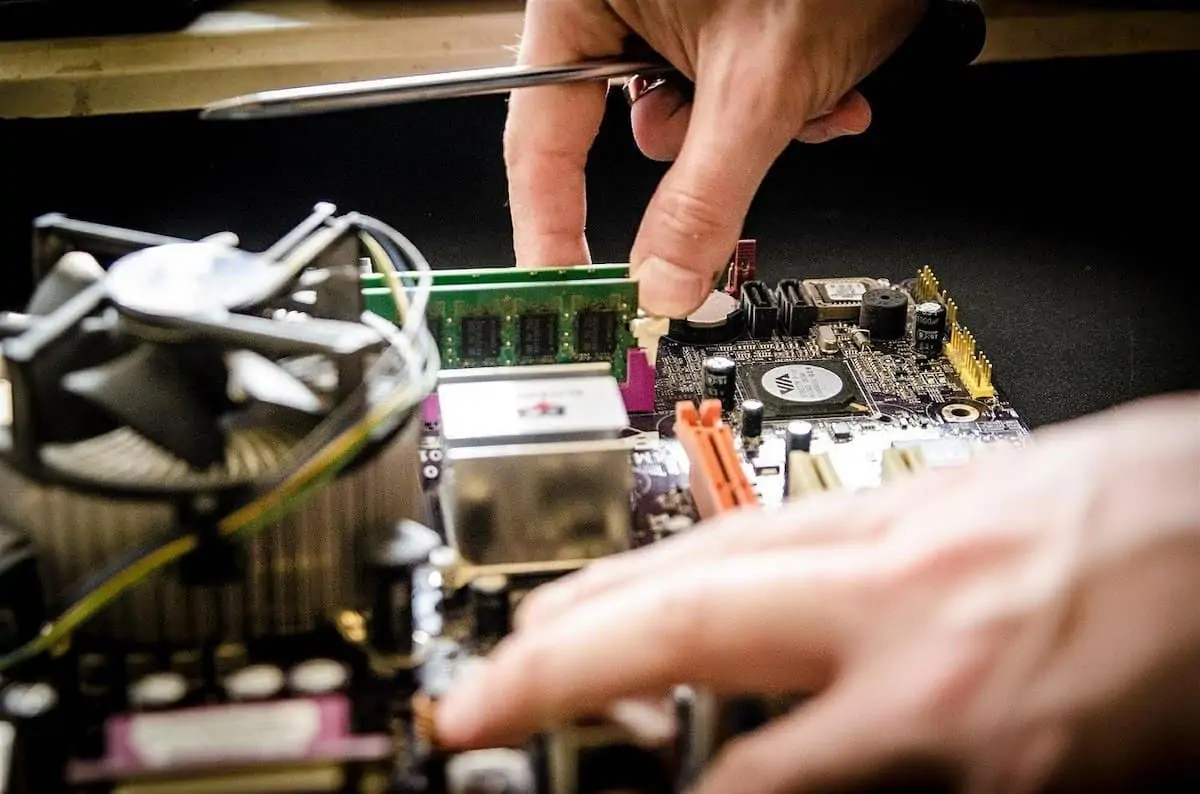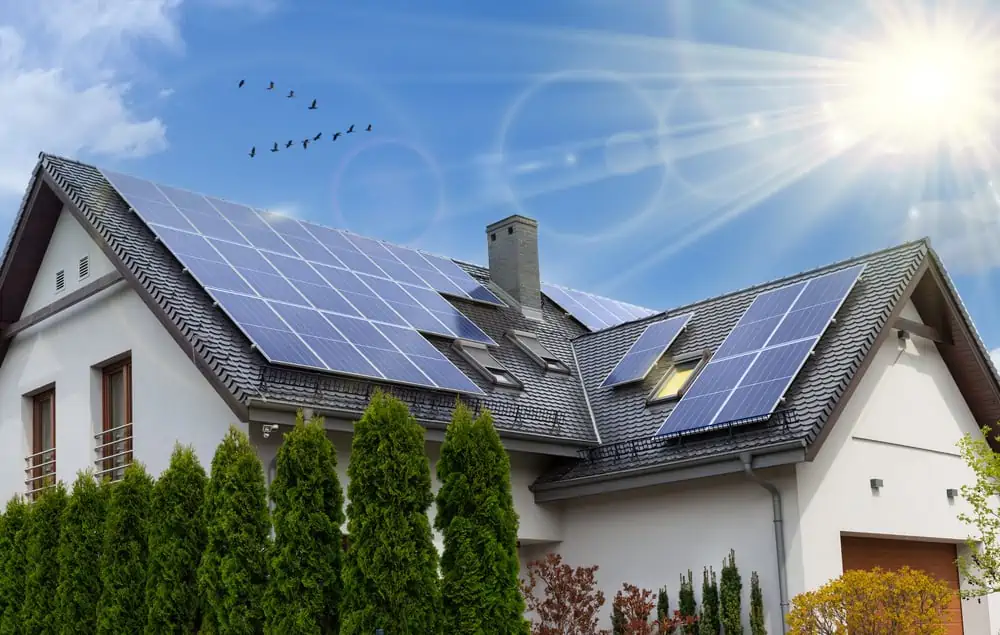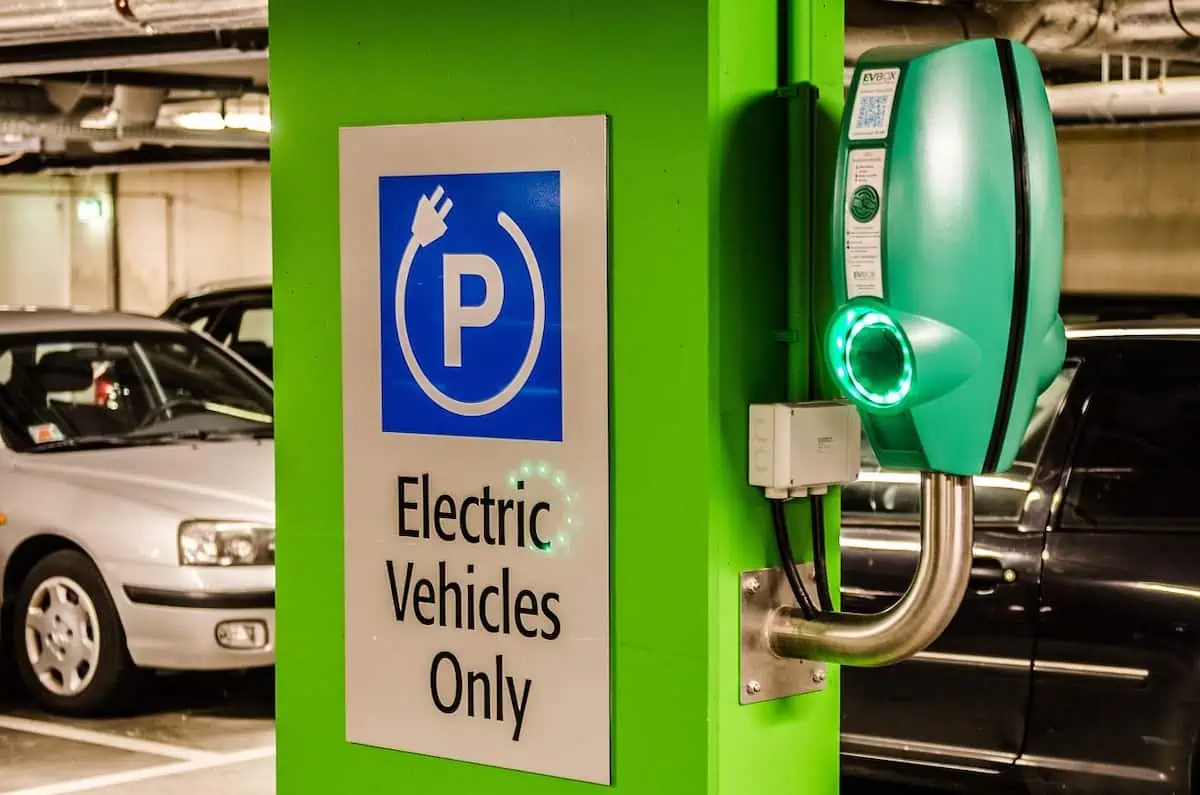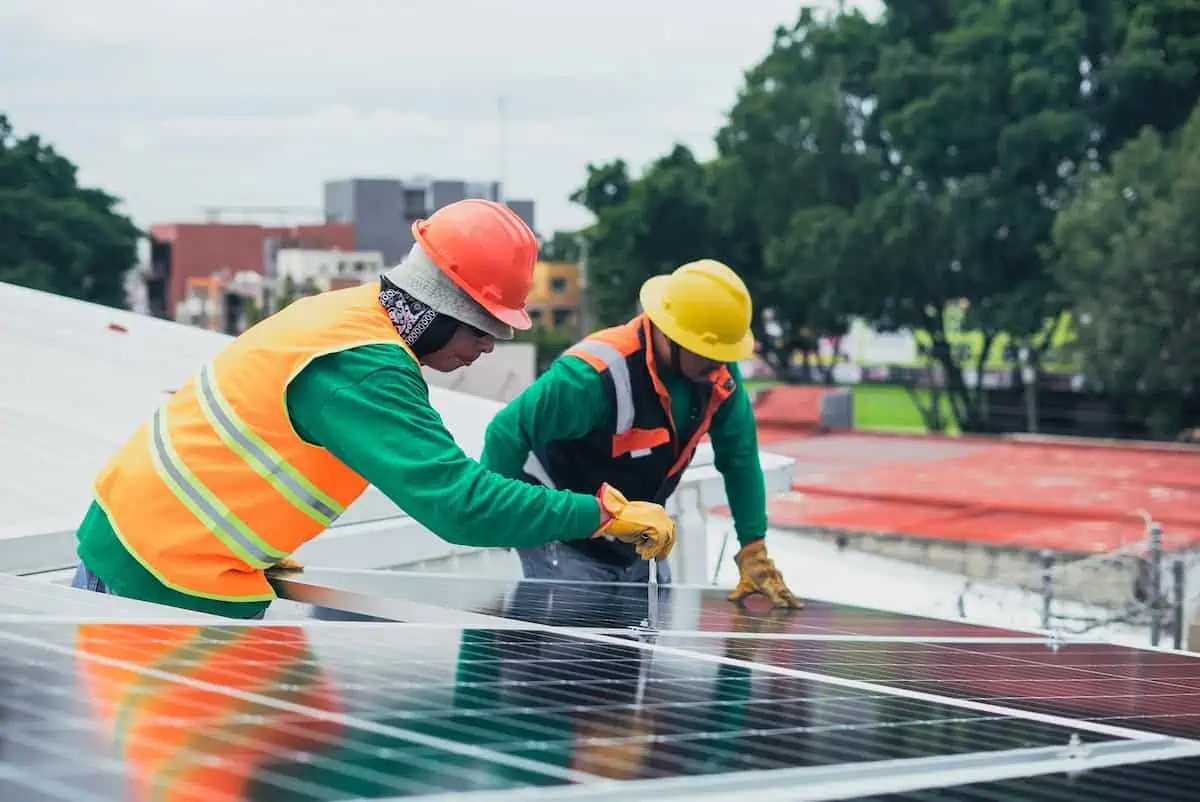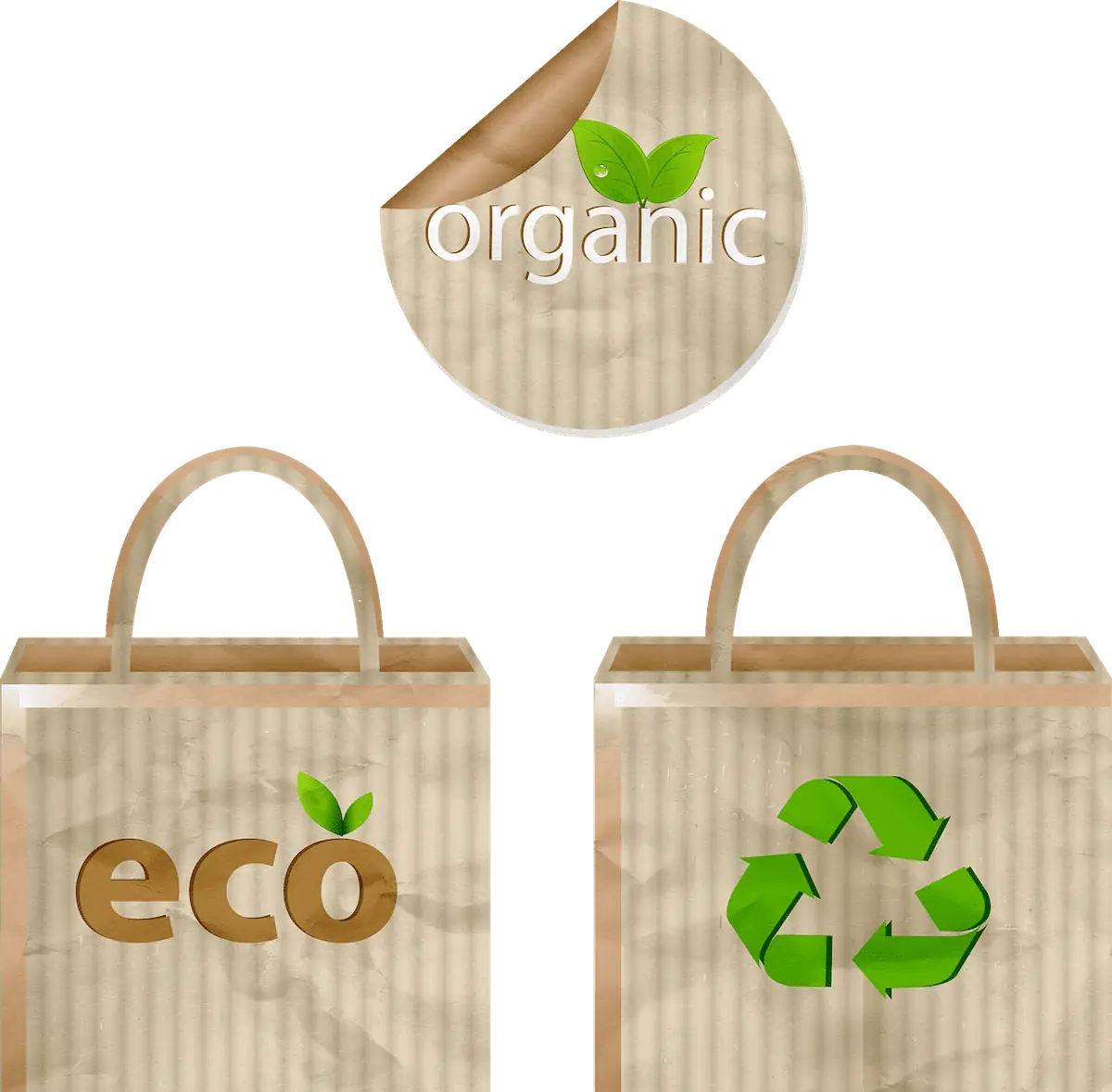Our recent trips to Costco and Walmart, in mid March 2020, had one thing in particular in common. Both stores were sold out of toilet paper, with no knowledge as to when more was coming in to the store.
A few weeks ago, in mid February 2020, when the panic was starting to set in with respect to the Coronavirus we saw some people buying a lot of toilet paper. At the time we bought more packages than we should have, just in case, not realizing there was going to be a full blown run on toilet paper.
This seems to be the story everywhere, even on Amazon. Every store is sold out of toilet paper. Why is it sold out? It’s such a common product that’s merely made out of paper. Does it all come from China, where their factories are shut down? Is that the problem?
In light of the current situation we thought it was time to learn more about the Toilet Paper Supply Chain.
Continue reading “The Toilet Paper Supply Chain!”
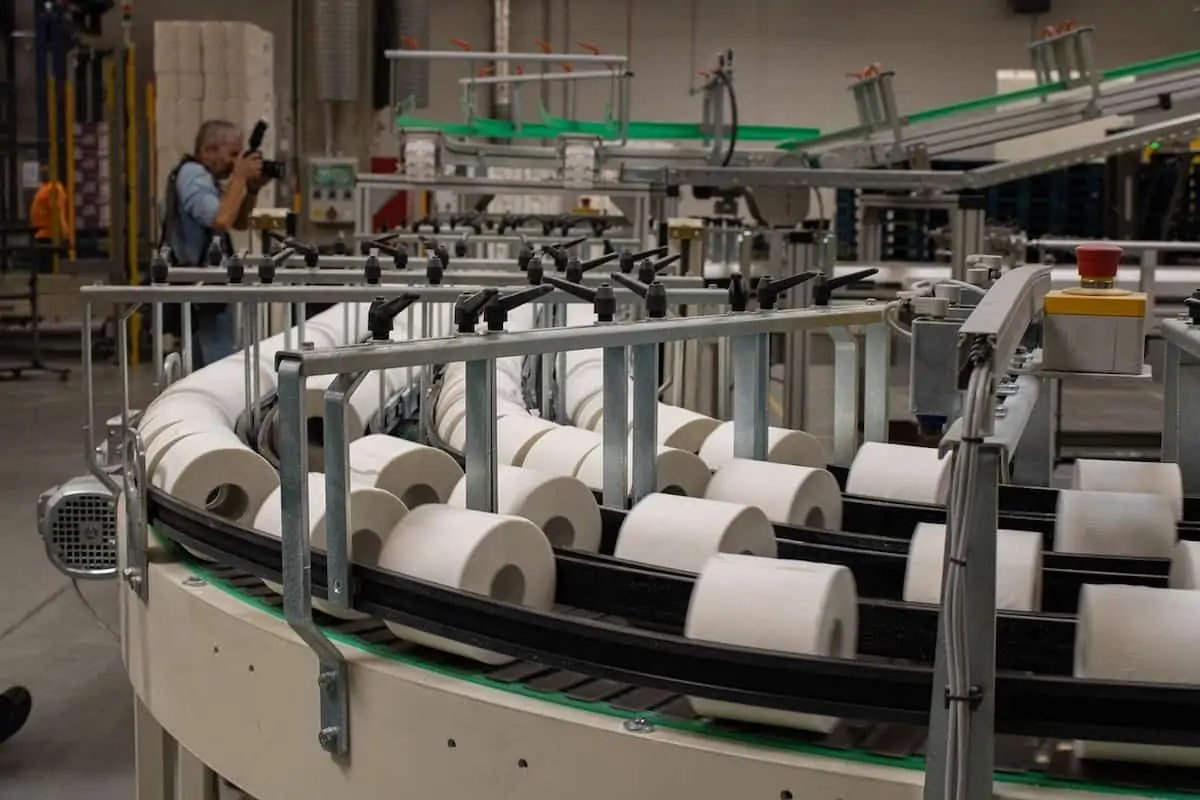
 EBOOKS HERE
EBOOKS HERE
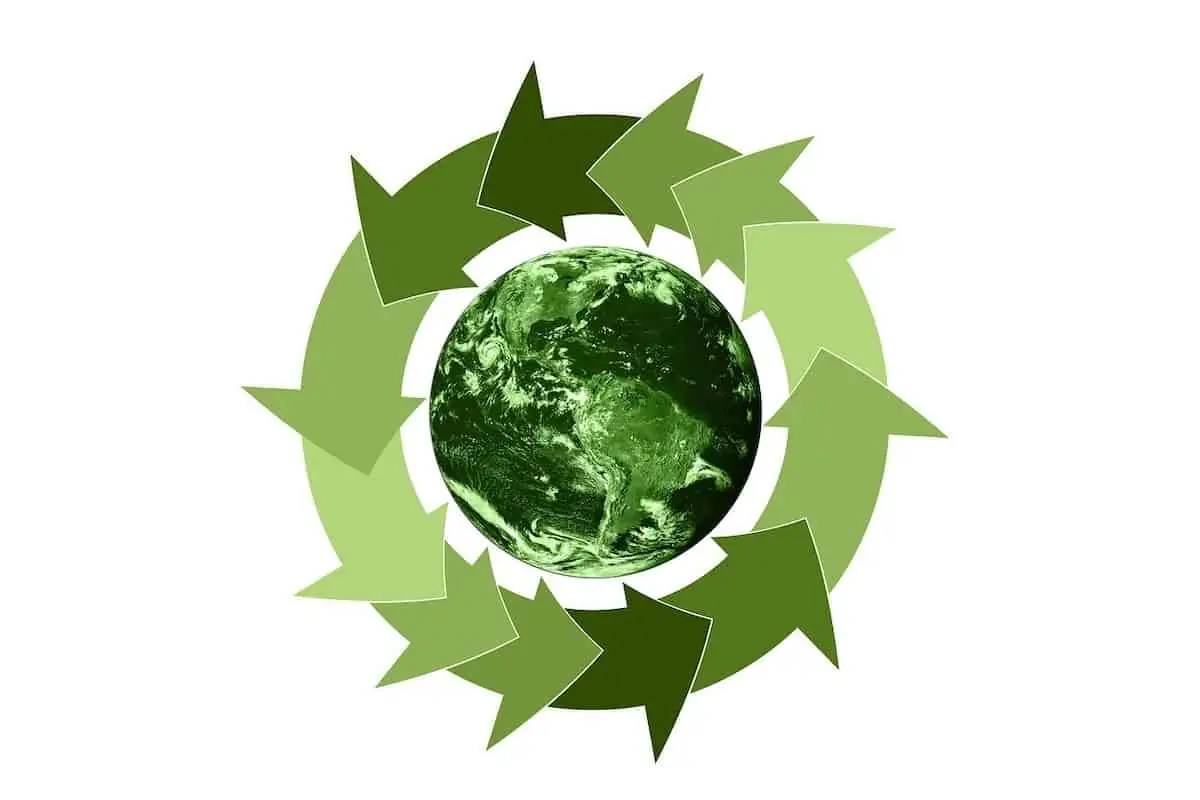

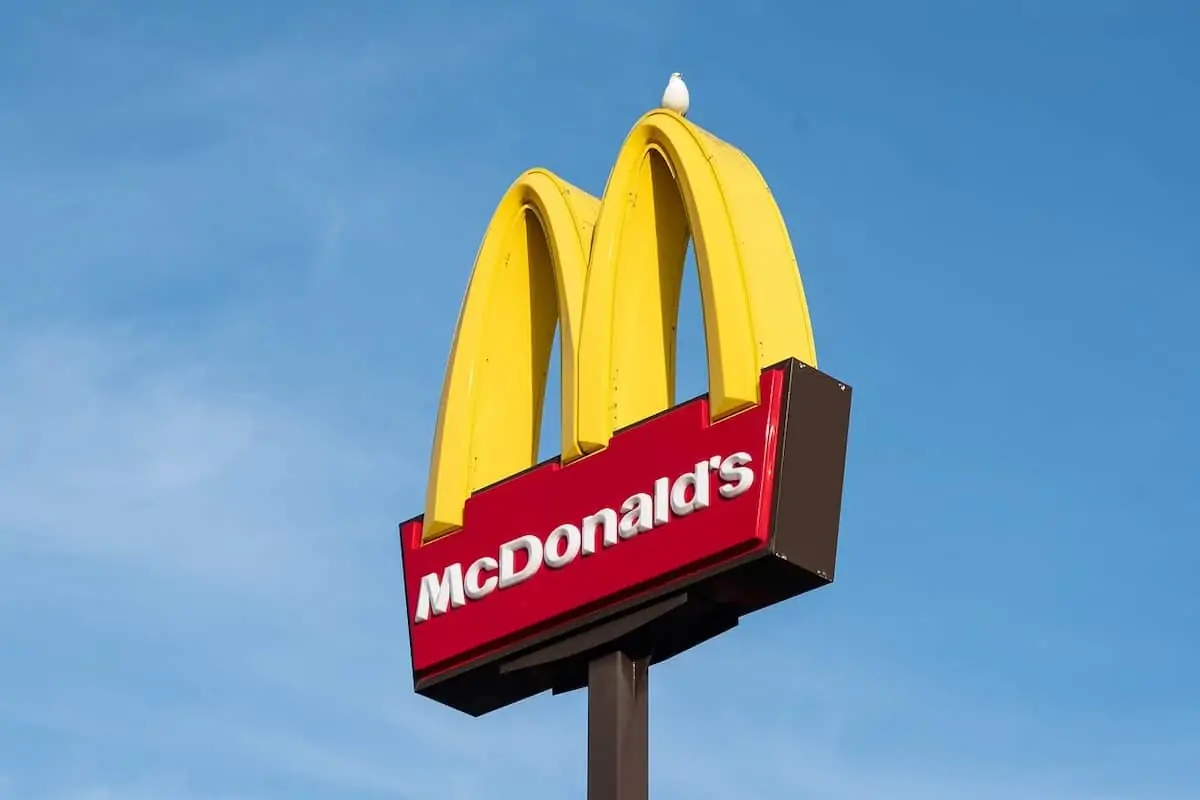
 EBOOK HERE
EBOOK HERE
